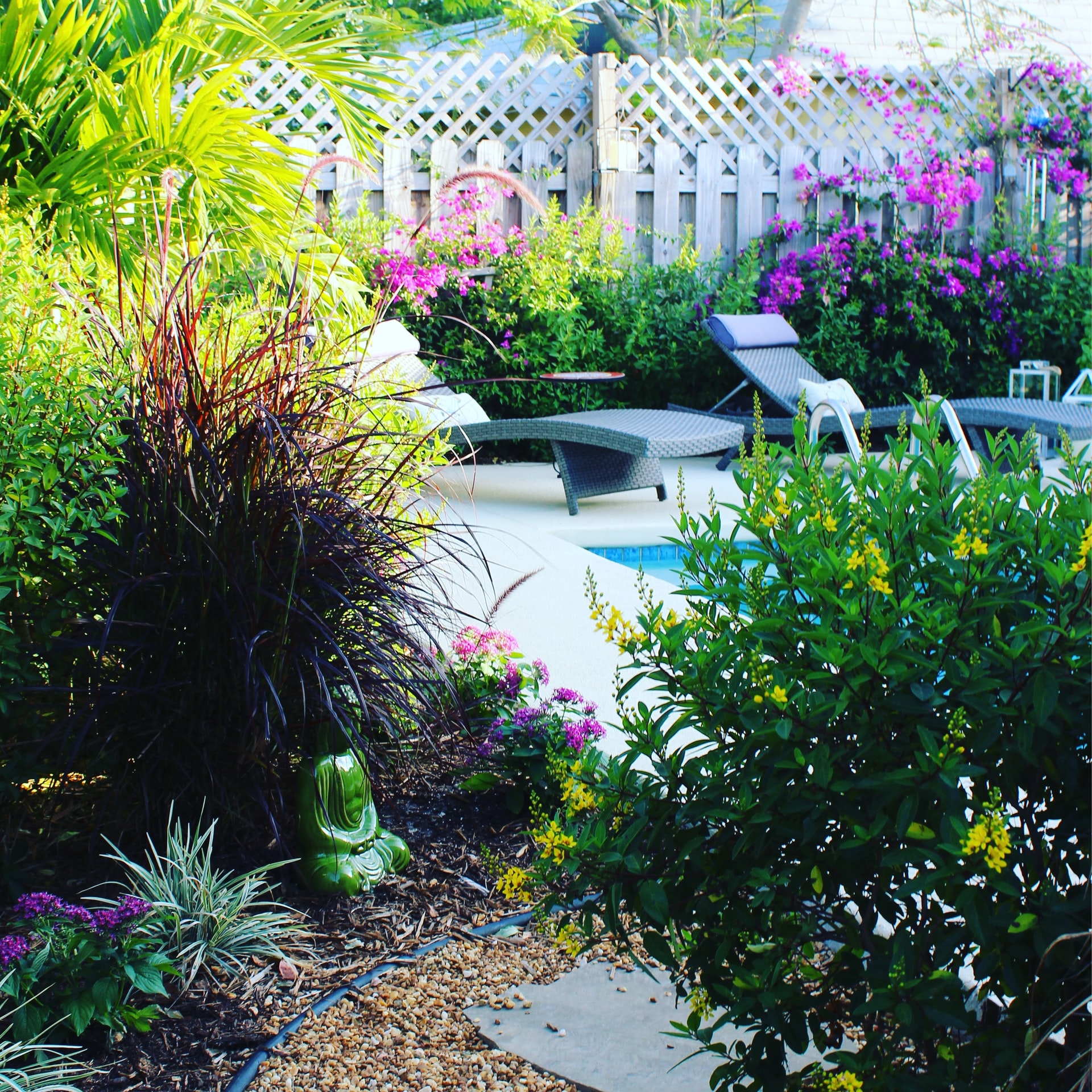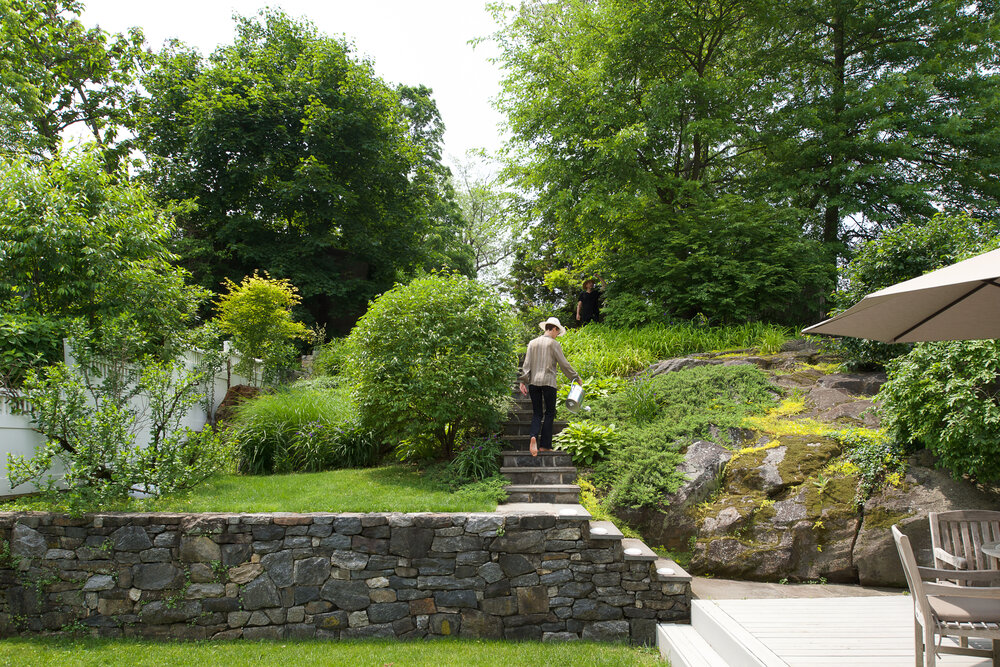When you eat organic food you protect both the environment and your family from consuming various pesticides. But organic produce can be unreasonably expensive in grocery stores. Fortunately, there’s another way to it – by starting an organic garden at home.
Below, we’ve compiled a list of tips to help get you on the right track in realizing your very own organic food source.

Find the Sweet Spot
Everything starts with the location – ideally, it should receive 6-8 hours of sunlight per day as many plants need a lot of it to yield results. But that doesn’t mean you must give up if your garden is shady. There are plants such as leafy greens (think lettuce) and herbs that can thrive in the partial sun – at least 3 hours per day.
Get a tree expert in Philadelphia for your garden to answer any questions before beginning any serious work. Be sure to plant away from roots and large trees – they will snatch water and nutrients from your veggies. In the beginning, it’s enough to find a spot of about 100 square feet. It’s better to start small than to be overrun by gardening chores (and weeds) in your first season.
If your yard is a small one, that’s what containers are for – this way of gardening can also lead to a plentiful harvest.

Soil is the Key
If you want your organic garden to be a success, top-quality soil is mandatory. Only the well-draining soil rich in nutrients will help your plants develop strong roots. Your quest for the perfect spot is not done before you get the soil tested.
You can buy a test kit and do it yourself, but we encourage all beginners to take a sample to the local nursery or similar establishment. The outlay shouldn’t break the bank, and you’ll get all the info on nutrient and pH levels together with recommendations for future treatment.
No soil is perfect, so you’ll have to condition it, more or less. Do not use chemical treatments – the harmful chemicals won’t only end up in your food but will stick inside the soil, harming beneficial microbes, worms, and bacteria.
Use compost instead – making it yourself is a very low-maintenance process and it will do more than just feed the plants. Compost also minimizes weeds, conserves water, and prevents any food waste from needlessly ending up in landfills.
A Mandatory Ingredient
Something that we also recommend is using organic mulch – wheat or pine straw, aged wood shavings, chopped leaves, grass clippings. A thick layer of mulch not only makes your garden look pretty and tidy but also retains soil moisture and prevents weed growth. In the end, the useful mulch breaks down, providing your plants with additional nutrients in the soil.

Make Them Feel at Home
To make your garden as low-maintenance as possible, you should choose plants that are native to your region or those bred for your climate. They need to feel at home in your garden in terms of soil quality, drainage, moisture, and light. The better adjusted they are, the less maintenance is required.
There’s no need to avoid hybrid plants – we know there’s been a lot of talk about GMOs, but that’s not the same. Hybrids are a crossbreed of compatible plants to get the best features of both, which includes heightened resistance to potential disease.
In the end, don’t forget to plant some flowering herbs and flowers – these will attract beneficial pollinators and similar insects that will keep the pests at bay.
Manoeuvre
When you plant the same crops at the same place every year, diseases and pests that target that crop will build up and spend the winter in the soil. That way they’ll be ready to attack the new crop come the following year. And that is why you need to perform some crop rotation – simply move your plants to different locations every year and avoid the potential danger lurking within the soil.
Time and Aim Your Watering
We’ve all heard that plants need a lot of water, but too much of it is just as detrimental. That’s why you should always check the soil before watering – simply feel the soil, stick your finger in and check if it’s dry or moist and, if it is the latter, refrain from watering.
You should try to water your plants in the morning since the conditions are generally cooler, and evaporation is reduced. Avoid watering in the evenings as the plants will be damp during the night and can create the conditions for them to fall prey to bacterial and fungal diseases.
Established plants don’t require frequent watering – it’s enough to provide them with one inch per week, rain included. This will make them develop deeper roots and become stronger.
When doing so, focus the watering at the roots, ensuring proper absorption. Soaker hoses or drip irrigation are perfect, but you can also water the bases of your plants by hand (something we encourage).

Hygiene
Yes, plants need good hygiene to avoid diseases, just as humans do. Everything that’s not green and thriving is litter – fallen leaves, broken branches, overripe fruit, etc. Your plants also need regular checkups for pests or diseased leaves (these do not go into compost after you remove them!). After you’ve dealt with any diseased plants, don’t forget to disinfect the tools afterward.
There are a number of key factors you should consider when starting your own organic plot at home. Find the right spot, test & prep the soil, choose native plants wherever possible, be aware of pests and disease, water with care, and keep your plant hygiene on the level. And don’t forget the wonderous powers of mulch! Happy gardening! Thanks to jimsmowing.com.au for consulting.
Leave a Reply